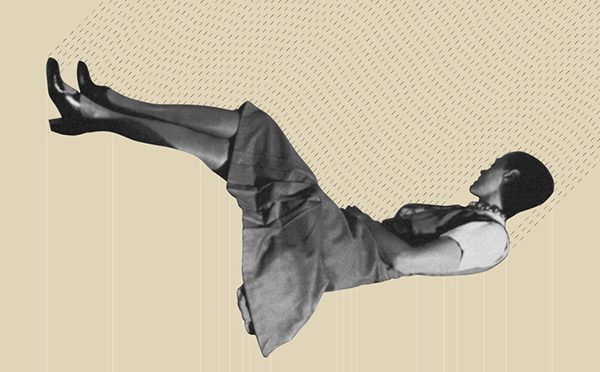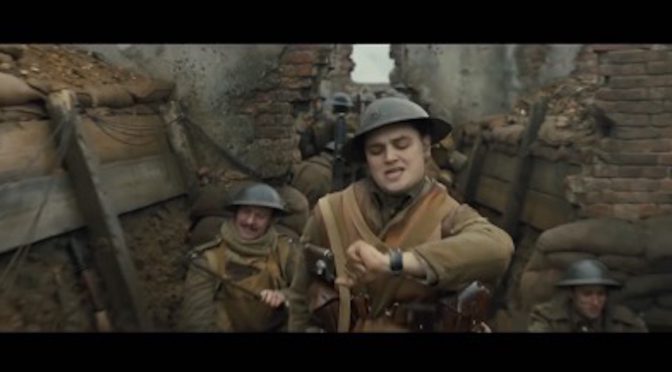by Freya Thursfield
Freya is 19 and in their second year of undergraduate study in the English Department at King’s College London. They’re from London, but grew up between the UK, Lithuania and China.
I don’t cry until the valve cap on my bike’s front inner tube snaps off in my hand, at which point I stand in a deserted street next to a public bike pump and sob for about five minutes. I had been coping with a global pandemic very well, but now being an adult has crept up on me and I am unprepared. This bike is also my only way of getting to work, which I need to do in less than 24 hours. The chain is so rusted I’m not sure it’ll turn even if I get the inner tube fixed. I don’t have a new inner tube, or the equipment to replace it at home, or the skills, or the energy, the way an adult would.
Continue reading Everyone Knows How to Fix a Bike Apart From Me







